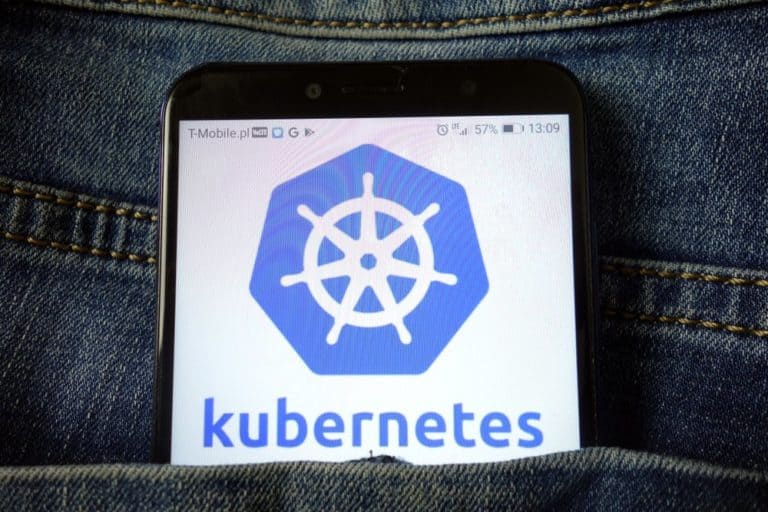The Kubermatic Kubernetes Platform has added automated backups, replications, and other features to the KKP 2.17 release. This comes as the multi-cluster Kubernetes platform provider is looking to offer users an expanded platform that can manage several clusters across multiple clouds and on-premises environments.
Since KKP was created, one of the major goals of the team behind the product has been to offer better automation and facilitate multiple containers and cluster management.
The intention is to allow just one team member in operations, to manage many clusters from a unified KKP control panel, or manage many clusters using a seed cluster.
What the updates mean
KKP now provides a declarative API that automates multiple cluster configurations, among other functions. Specs for the chosen operators state of the various clusters are inputted through the API so that the desired state is implemented if there is a mismatch in existing cluster states.
KKP’s API-supported automation now spans cluster states and different environments for replication and backup management. KKP v2.17 has new storage and disaster recovery capabilities, which Kubermatic created in collaboration with cloud-native infrastructure provider SysEleven.
More automation, more convenience
The reason why there was a need to automate and improve in backups and replications, was because of SysEleven’s services which are used to manage Kubernetes clusters across cloud and on-premises environments on AWS, Azure, and its OpenStack cloud.
As Sascha Haase, the Veep of the edge at Kubermatic explains, backups and restore operations of the platform’s previous standard set of three replicas still needed plenty of manual intervention.
At the same time, he adds, the etcd-operations improvements are significant and it is pleasant to see the community push for and support difficult issues. The overview and other pertinent portions of information about v2.17 are available here.
